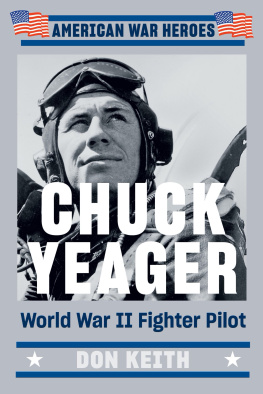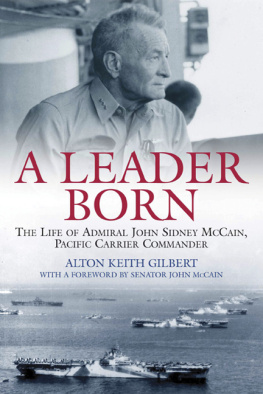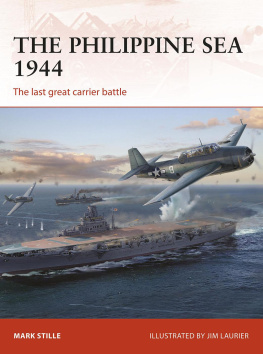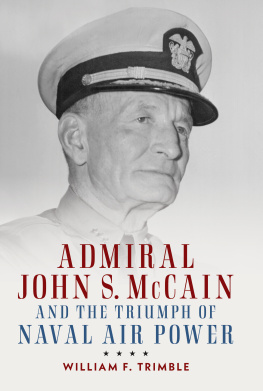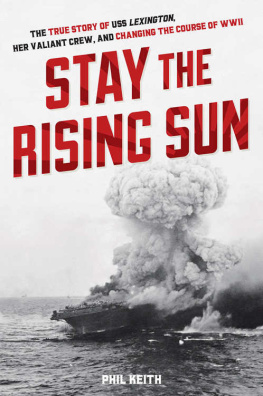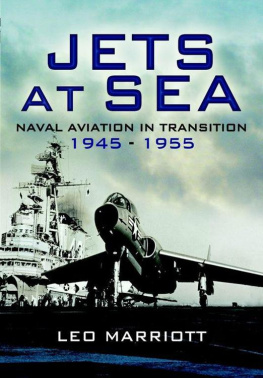D ON K EITH
I have written and published a number of successful nonfiction historical and biographical works in addition to novels. Because of that, it is inevitable that I am often contacted by folks who believe they have a story worthy of telling, usually that of a friend or relative, and they want to talk with me about doing it. In those cases, I almost always have to beg off. While the stories may be interesting or inspiring, they simply do not necessarily have what it takes to attract a sizable readership. These individuals would typically be better served by contributing whatever materials they have to organizations that collect oral histories and related materials, such as the Library of Congresss veterans project.
Also, to be perfectly blunt, in order to find publishers willing to take on works nowadays, it is necessary that the publisher sees a way to sell enough books to make it worth their while. And the truth is that I also make my living writing books and have the same economic constraints. Much as I would love to do everyones story, I simply do not have the time.
But when David Rocco dropped me an e-mail and briefly told me about Dixie Kiefer and his remarkable life, and the story of the two plane crashes on Mount Beacon, it caught my attention. It is an amazing story of a man who has not yet gotten his due. The fact that Dave had already accumulated a mass of research materials was a positive feature. And that is what led to The Indestructible Man. I am extremely proud to have played a part in telling Dixies story, accurately andwe hopecompellingly.
In writing a story like this one, authors must necessarily rely on a staggering amount of research materials, such as those that David had already collected, what he has found in the interim, and what I was able to locate. We have exhaustively sought out and employed such documentation in an attempt to be as accurate as possible. In a work such as this one, almost every sentence requires some sort of backup or verification from sources believed to be reliable.
However, in the attempt to tell a human story, we have deliberately not placed footnotes or other distractions throughout the narrative, as is often done in historical works. Despite that, the reader can be confident that any statement, date, quote, or statistic is backed up with facts as accurate as we can determine them to be. We have specifically avoided speculation or embellishment, even if it might have made the story even more compelling, and even if it appeared in a source that might be assumed accurate but could not be properly confirmed.
We have also deliberately avoided a great deal of detail about ships, aircraft, and weaponry and how they work. Likewise, we have not tried to dig too deeply into military procedure, battle tactics, or excessive background information. There are many other works readily available that provide in-depth analysis of those things, including about Pearl Harbor, Coral Sea, and Midway, and aircraft carriers, carrier-based aircraft, and fleet operations.
This is Dixies and the other crash victims story. And we are storytellers. While we have attempted to provide enough detail to give adequate context and an understanding of what they went through, we did not want too much unnecessary information or minutiae to get in the way of the tale being told as grippingly as we could.
In addition, please understand that in our quest to make this a human story, we have placed words into the mouths and thoughts into the heads of people who are no longer with us. They are not here to confirm those specific words and thoughts for us. Be assured that we have based any such usage completely on our research and believe they are accurate and reflective of reality.
Understand, too, that oral histories and other personal remembrances are subject to error and faulty memories. Again, we have tried to be as certain as we could by using multiple accounts and other context, and to only use the material that we believe to be accurate.
All pictures in this book, unless otherwise credited, are from the US Navy History and Heritage Command Archives and are in the public domain. Note that some are not as sharp and clear as we would prefer, but they were taken more than seventy years ago. We have attempted to use higher-resolution scans where possible, but they are not always available.
Our research includes extensive use of the official service records of key individuals, obtained by request through the National Personnel Records Center of the National Archives. The authors appreciate the assistance of US Senator Kirsten Gillibrand of New York for assisting in expediting those requests.
We also relied on numerous newspaper accounts published at the time that reported on the crash and its aftermath. Where we quoted directly from stories, we named the specific source as part of the narrative. Note that these accounts were sometimes inaccurate or contradictorysometimes even by the same reporter in a single storyand we attempted to confirm specifics through more than one report whenever we could.
A number of books served as source information in relation to vessels, operations, campaigns, people, and battles. Especially helpful were the books Miracle at Midwayby Gordon W. Prange, Blue Skies and Blood: The Battle of the Coral Sea




